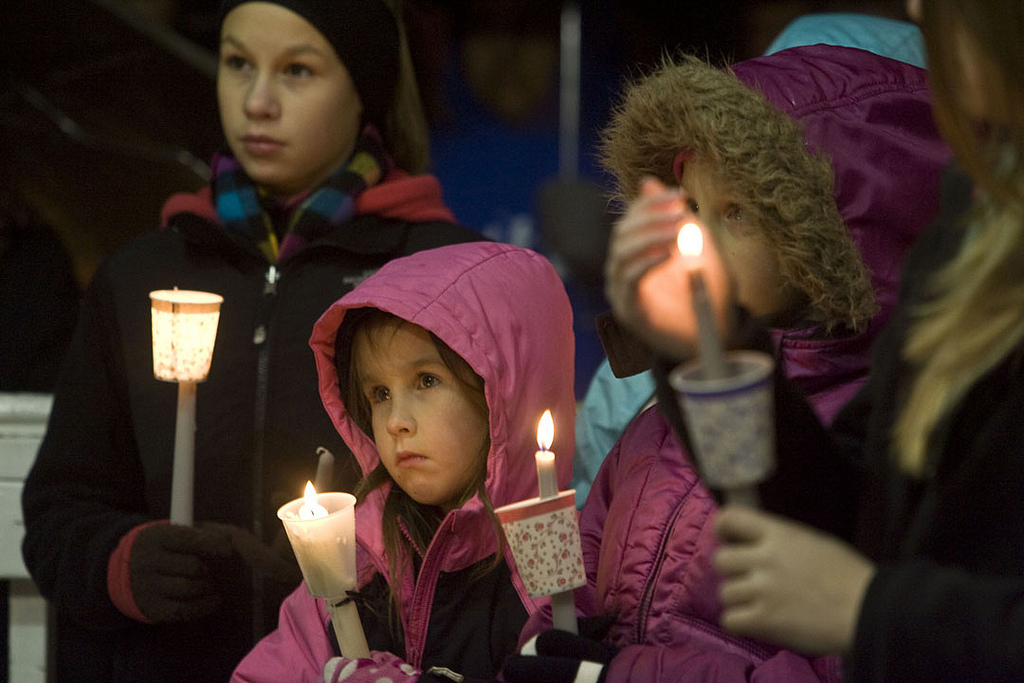
When U.S. newspapers cover school shootings, they run more photos of the perpetrators than the victims, suggests a recent study published in the American Behavioral Scientist.
Photos of perpetrators outnumber photos of each deceased victim by a ratio of 16 to 1, on average, according to an analysis of newspapers’ coverage of three school shootings in 2007, 2012 and 2015. Another key finding: Editors also are more likely to run larger images of the killers.
The study’s author, Nicole Smith Dahmen, an associate professor at the University of Oregon’s School of Journalism and Communication, examined 4,934 front-page photos from nine days of coverage following the shootings. She looked at the images that ran after the Virginia Tech shooting in 2007, which claimed the lives of 33 people; the Sandy Hook Elementary shooting in 2012, which left 27 people dead; and the Umpqua Community College shooting in 2015, during which 10 people were fatally injured. These numbers include the gunmen, all of whom committed suicide at the scene of the attacks.
Dahmen told Journalist’s Resource that it’s important to look at how the news media reports on mass murder considering a growing body of research indicates news coverage contributes to copycat shootings. A 2016 study by criminologist Adam Lankford finds that fame-seeking as a motive for rampage shooting dates back decades.
Dahmen said giving so much attention to the shooters is dangerous.
“Certainly, no journalist wants to think his or her work contributed to further carnage, but we give free advertising to these perpetrators,” she said.
She added that news organizations should consider whether the value of providing these images to the public outweighs the harm they may cause.
“Journalism needs to ask itself: What’s the purpose of this piece?” Dahmen said.
Among some of her study’s other key findings:
- Of the three shootings, news coverage of Sandy Hook was least likely to include photos of the killer; 2.2 percent of photos showed his image.
- In coverage of the Virginia Tech massacre, 26.8 percent of photos used featured the shooter while 20.5 percent focused on the victims. The ratio of photos of the perpetrator to photos of individual victims was 42 to 1.
- Of photos of the Umpqua Community College shooting, 15.7 percent showed the perpetrator and 9.2 percent portrayed victims.
- “Perpetrator photos were large or medium 33.2 percent of the time and small or mug shot size 66.8 percent of the time. By contrast, photos of deceased victims were only large or medium size 9 percent of the time and were small or mug shot size 91 percent of the time.”
Looking for more research on mass shootings? Read our write-ups on active shooters, how stock markets react to shootings and how school shootings affect student achievement.
Check out our Q&A with criminologist Adam Lankford, who encourages journalists not to name or show the faces of mass shooting suspects.
This photo, taken by Josalee Thrift and obtained from the Valley Independent Sentinel’s Flickr account, is being used under a Creative Commons license. No changes were made.
